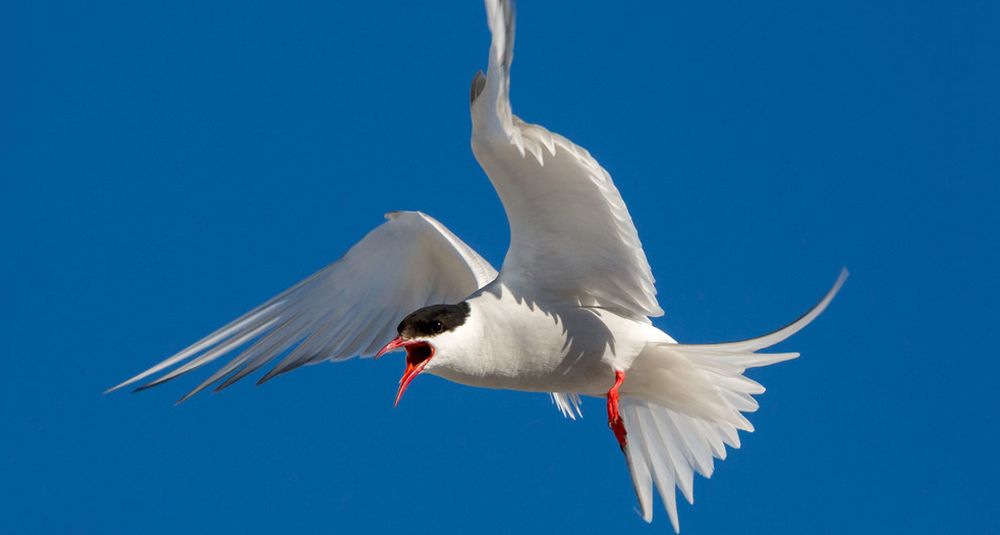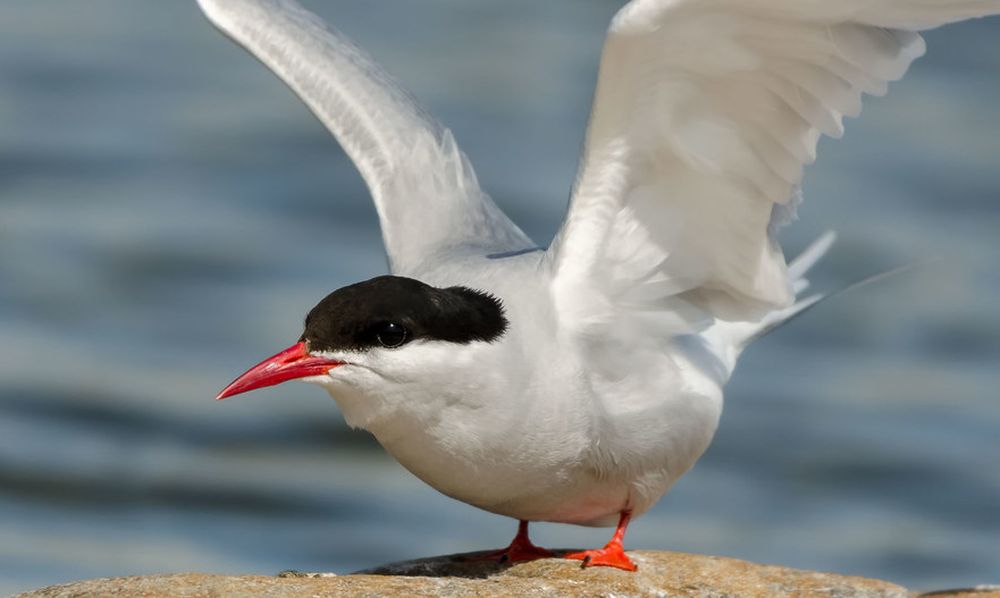Climate Change Threatens Existence of Nesting Grounds of Arctic Tern Bird in Northern Atlantic
The arrival of the Arctic tern bird is considered the harbinger of spring in northern Europe. However, experts fear that climate change-induced warming of the oceans in nesting grounds of Arctic tern bird in the northern Atlantic threatens its existence.
These migratory birds spend most of the year on the move, with long periods on the ocean. The breeding grounds of the bird cover both the northern and southern Polar Regions.
During the summer months, it can be found in Europe from Brittany in the south to Iceland, Greenland, and Svalbard in the north. In autumn, the terns move toward the south in the direction of Antarctica where they stay during the northern winter.

Climate change-induced warming of the oceans in nesting grounds of Arctic tern bird in the northern Atlantic threatens its existence | Image: Andreas Weith
Guðmundur A. Guðmundsson, animal ecologist at the Institute of Natural History in Iceland, said,
When terns reach Antarctica, they stay close to the ice-brim and move gradually eastward. Swedish and Dutch birds go all the way towards Australia, but the Icelandic and Greenland birds return earlier to the Weddell Sea in the Southern Arctic. From there they set off north in March and up to one and a half months later they reach their destination in our country.
On their way to their nesting grounds in Iceland and Greenland, they are known to have stop-overs in Brazil and across the Andes mountain range. However, the decline in Iceland’s tern population is quite concerning.
The country’s current tern population is at some 250,000 nesting couples, which over the last few decades has declined due to rapid climate change.

Arctic terns spend the northern hemisphere summer between northern France, Iceland and Greenland | Image: Jakub Fryš
As the ocean warm-up, algae bloom early in the year, too early for young sand eels to feed. The algae are a crucial food source for migratory sea birds and their early bloom could result in a declined number of sand eels around Iceland.
Inger Andersen the Executive Director of the UN Environment Programme, said,
Climate change is changing and disturbing the migratory patterns of birds. The destruction of the natural world threatens these pollinators, critical for food security and well-being. And pollution, whether in water bodies, land or air, is proving toxic for migratory birds.
Although the tern is not at risk of extinction at the moment, conservationists have raised concerns for the bird to be added to the IUCN Red List of threatened species. The changing climate has posed a serious threat to various migratory species.


